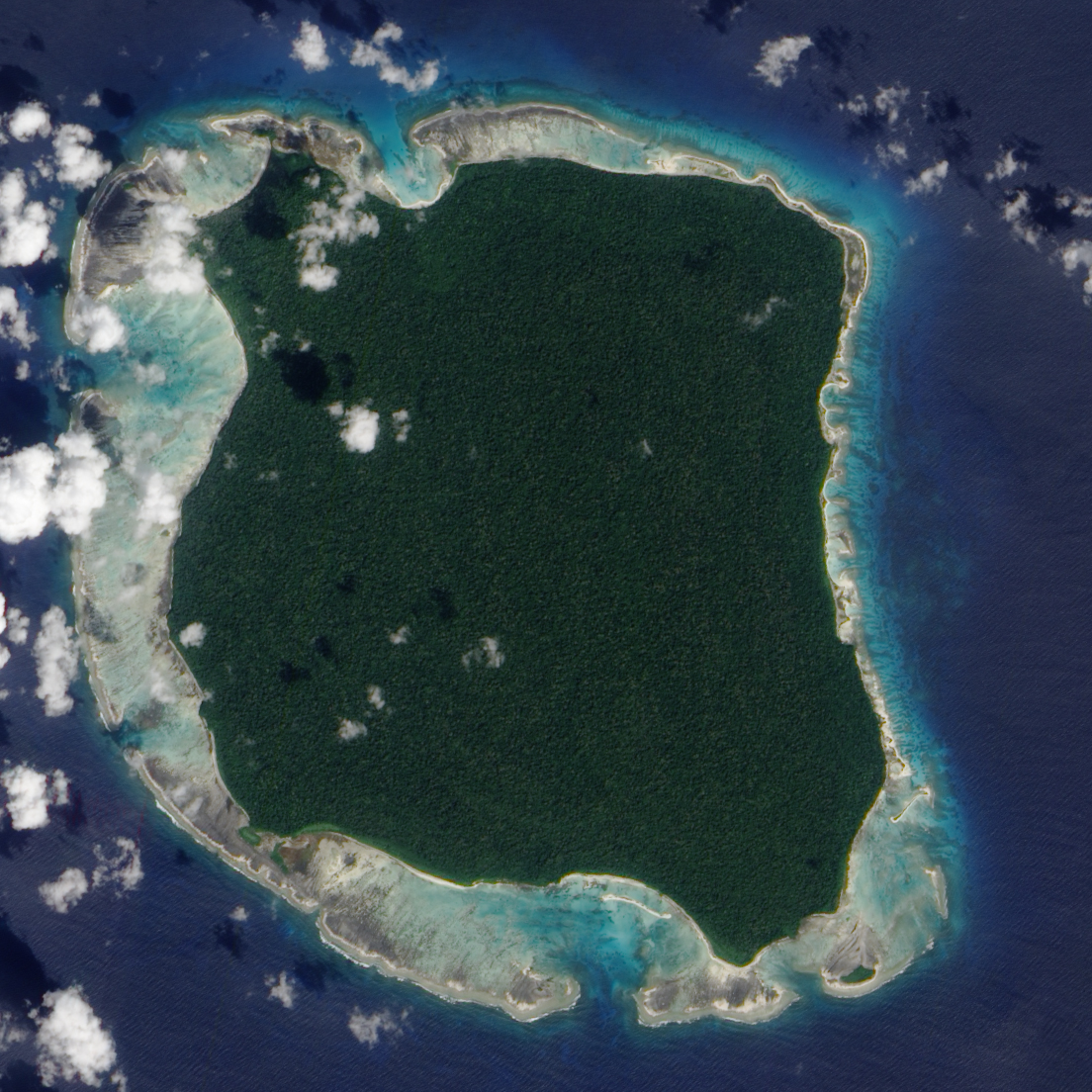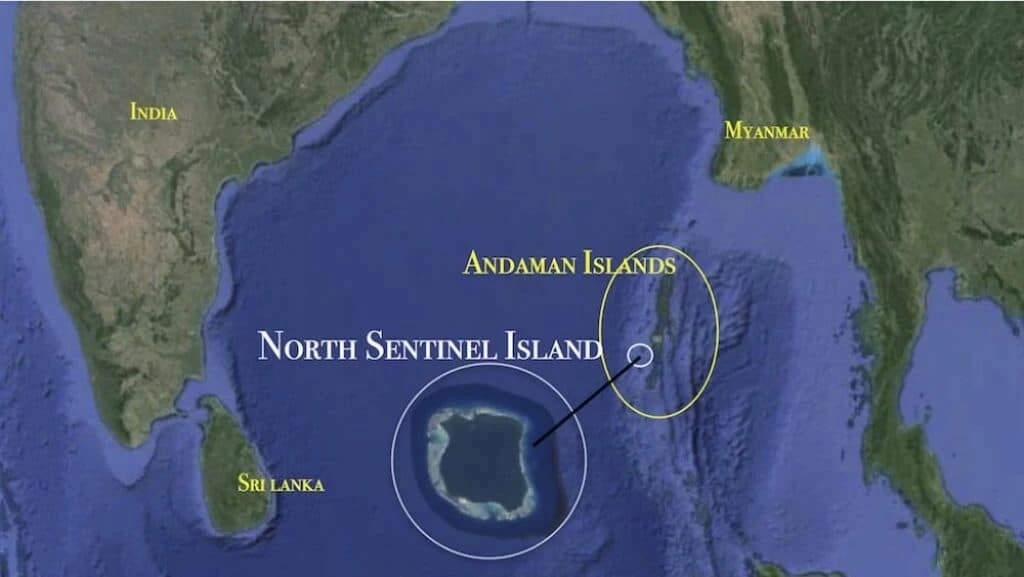

To navigate the shallow, calm waters of the reef, they presumably construct small, narrow outrigger canoes and use long poles for propulsion. The Onge and the Jarawa, two other Andaman communities, still don't speak a common language with them since they've been so isolated for so long.

The Sentinelese have ties to the indigenous populations of the nearby Andaman Islands in the Bay of Bengal off the coast of India. Anthropologists' population projections and data from a 2011 census suggest that there are probably somewhere between 80 and 150 people on the island however, the number may range from 15 to 500. They are so difficult to count that even estimating their population size is challenging. In November of 2018, the government's home ministry announced that they would relax the prohibition to make it possible for academics and anthropologists to visit the Sentinel Islands as long as they received prior consent.

In 2018, the Indian government took 29 islands, including North Sentinel, out of the RAP regime to boost tourism to those destinations. Since Indian law forbids any kind of construction on the island, it now functions as a nature sanctuary. The Indian government respects the islanders' desire for autonomy and takes the role of a neutral spectator while dealing with the situation. The island is technically part of the Andaman and Nicobar Islands, an Indian union territory however, its official designation places it in the South Andaman administrative district. The island is naturally positioned for isolation, surrounded by dangerous coral reefs, has no natural harbors, and is almost completely covered in a thick forest, all of which make travel difficult. The Island of North Sentinel sits 59.6 kilometers north of South Sentinel Island and 36 kilometers west of the South Andaman town of Wandoor.


 0 kommentar(er)
0 kommentar(er)
